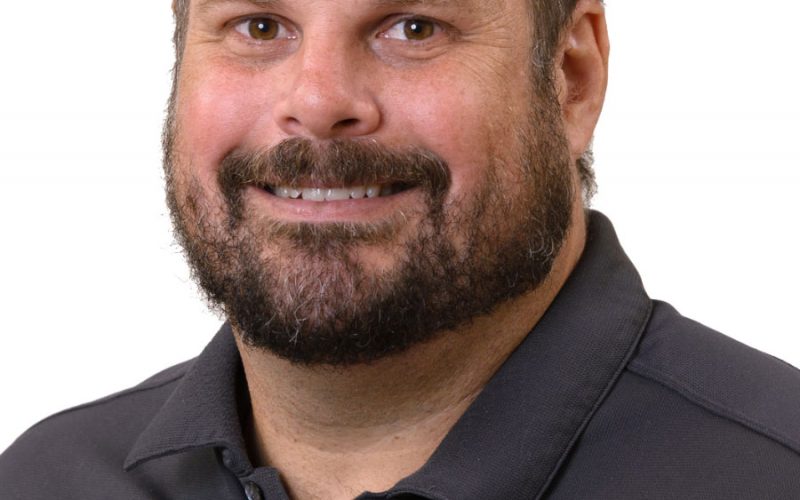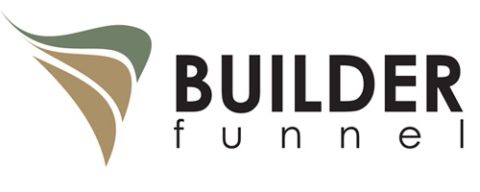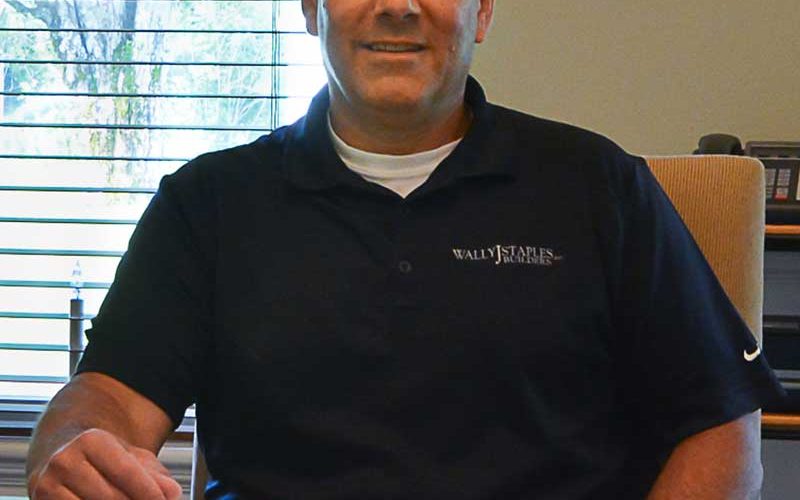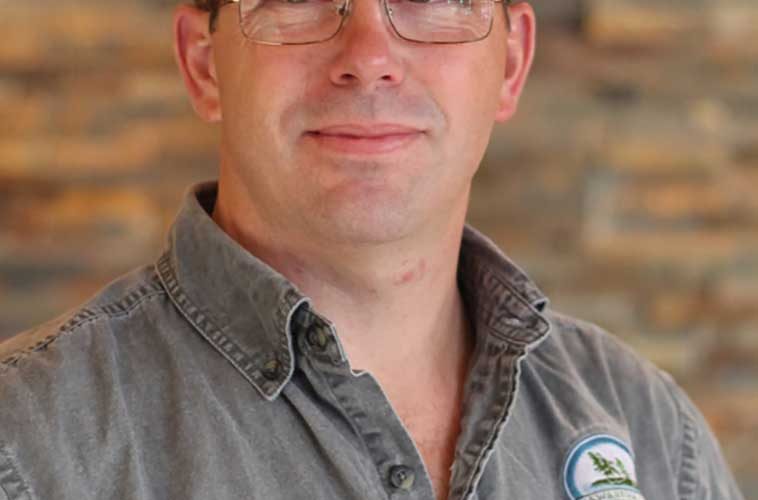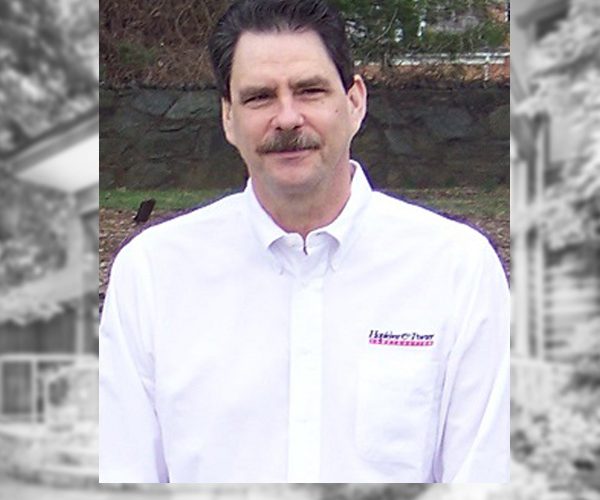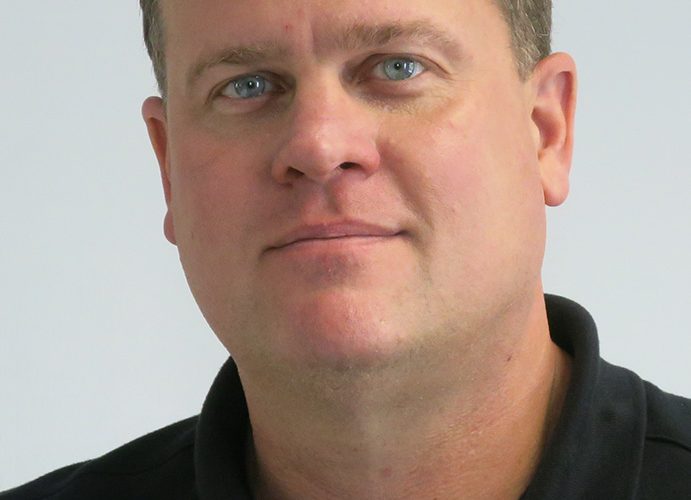Ep.131: Shifting From Lead Carpenter to Project Manager with Rob Moss
In shifting and changing roles within an organization, there are many paths we could take to get to the destination we desire.
This is also true for implementing Project Management systems.
The 3 most commonly used these days are The Lead Carpenter system, the Project Manager system, and then a hybrid of these two.
What we find is that companies have trouble either shifting from one to the other or getting caught in one system when they should be moving to the other.
The transition from the Lead Carpenter system typically occurs when volume and job size demand a shift in personnel and oversight.
Our guest in this episode, Rob Moss, has made the transition from Lead Carpenter to Project Manager and shares his thoughts on the process.
Rob is the Director of Production for Sun Design Remodeling in Northern Virginia, and serving the Washington DC metropolitan area. He has been with Sun Design for 15 years, starting as a lead carpenter and transitioning into the Director of Production role 4 years ago.
Tim, Steve and Rob talk more about:
- Background and description of Sun Design (volume, staff size,type of work, etc.).
- How production was operating before the shift.
- What the motivator was that prompted the change.
- Process and timeline of shifting from one system to the other.
- How focusing on customer service and satisfaction was maintained.
- Things Rob would do differently if he were to go through the shift again.
- And more…
Is Your Production Team Ready to Take on 2021 ?
Keep your production team sharp throughout the Winter and preparing for 2021 with weekly Production Team Training with Tim Faller. Whether they are in the office or in the field on a phone, tablet or laptop, now is the time to plan and prepare for the surge in business as we head into the new year.
[Click Here for More Information & Registration]


